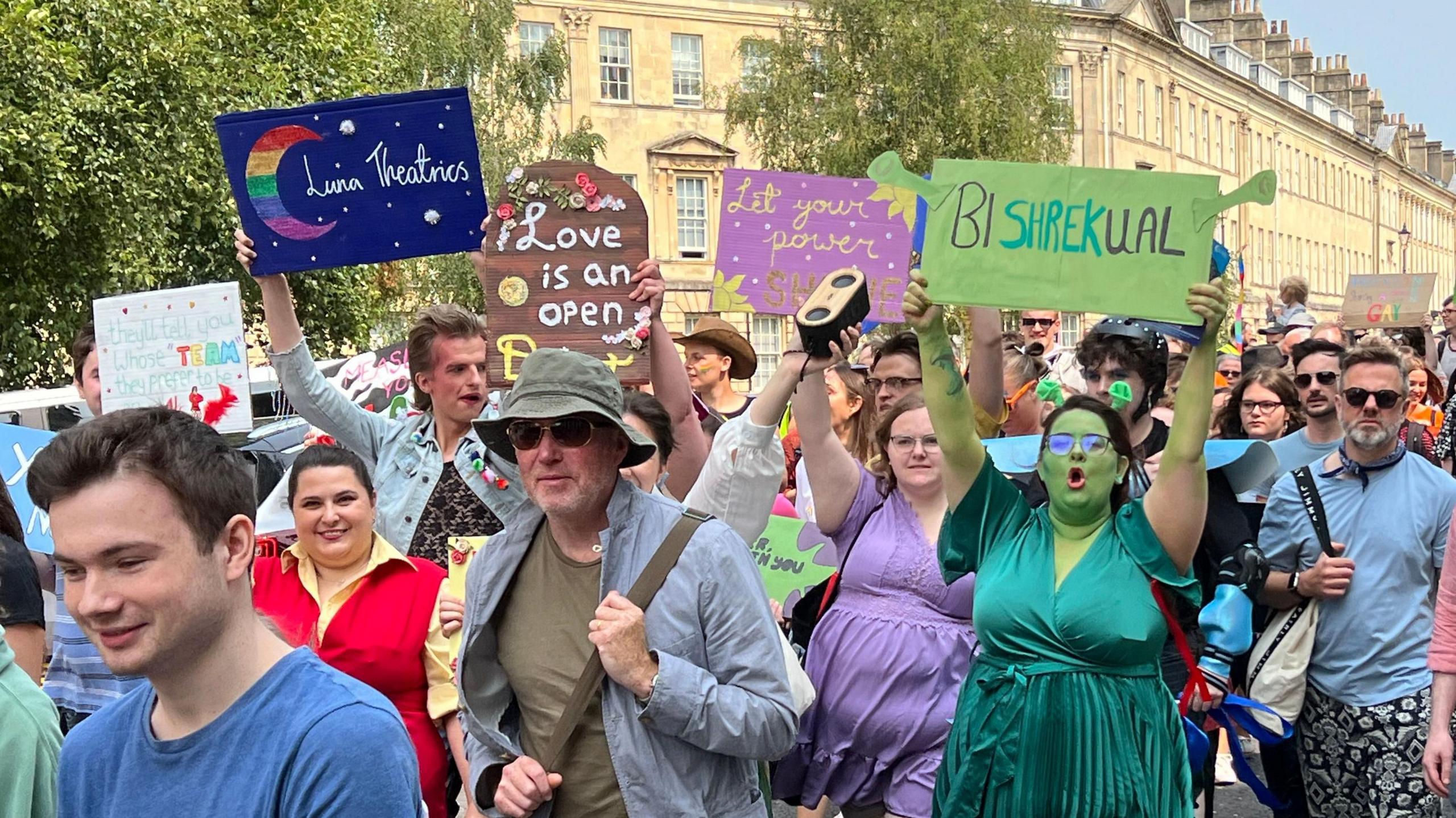Historic LGBT stories explored in public lectures
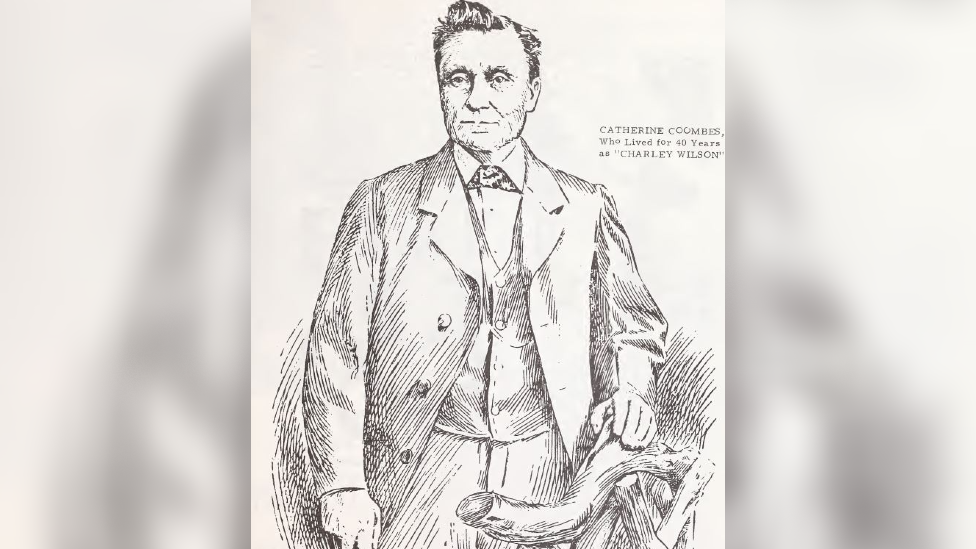
Catherine Tozer, from Axbridge, lived under the male identity of Charley Wilson in the Victorian era
- Published
A series of talks are taking place telling the stories of LGBT individuals over the last 150 years in Bristol and Somerset.
Topics at the event include the story of a gay poet writing about his love when homosexuality was still illegal, and a Victorian gender non-conforming person.
The lectures have been organised by Outstories Bristol, a group which documents LGBT history in the area.
They reveal how some people lived at odds with the time they grew up in, and how society treated them as a result.
'Newspapers flooded in'
While stories about transgender people are now commonplace, in the Victorian era they were treated as more of a spectacle.
"It reminds us that trans people are not new, they haven't just been invented recently and have always existed," said Lori Wylot, who is presenting a lecture on Charley Wilson, from Axbridge, Somerset.
Wilson was born as Catherine Tozer, in 1835, but lived as Charley Wilson for decades, working as a painter for P&O Cruises in London.
In 1897, a fractured rib left Wilson unable to work, and he was sent to the West Ham Workhouse, where the matron discovered he was assigned female at birth.
"The newspapers flooded in, and it became this huge story," said Lori.
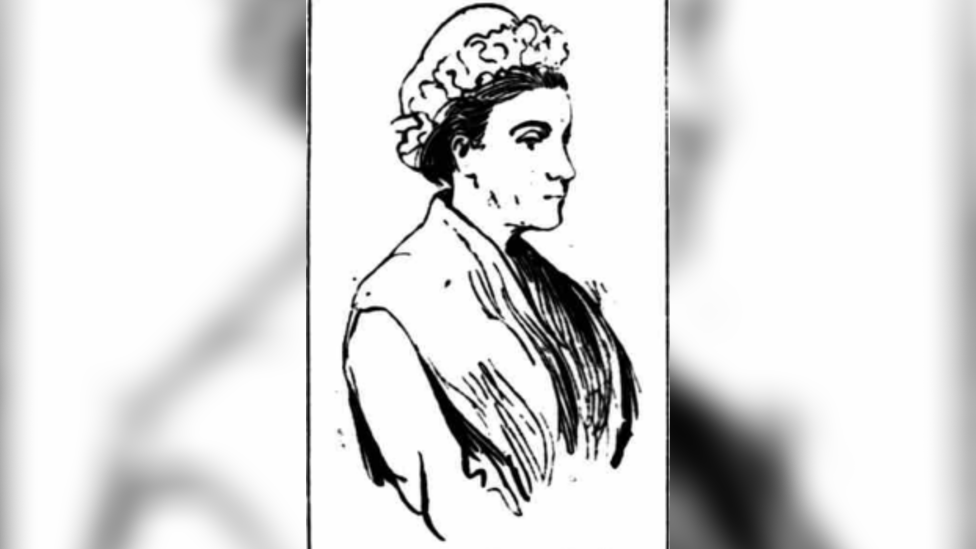
Charley Wilson was sketched by newspaper artists in 1897
Newspaper writers were sympathetic, with the Dublin Evening Telegraph saying "she seems to have decided that she could get a living more easily in male attire than in the costume of her sex", and the Evening Herald described Wilson as a "painter dressed in man's clothes".
The Painters' Union organised a benefit concert to spring Charley from the workhouse, who willingly gave interviews to the press about his life.
"It's reminiscent of other big movements like Lesbians and Gays Support The Miners, these two groups who you'd assume would be ideologically opposed coming together and having a union for a greater cause.
"In Charley's case that was emancipation from poverty," Lori added.
The pioneering gay poet
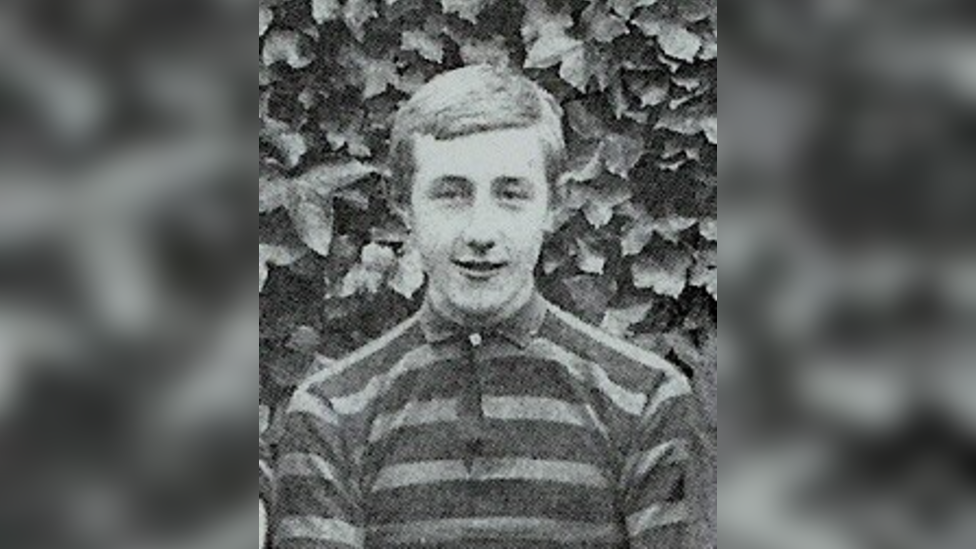
The only known photo of Fabian Woodley was taken when he was on the rugby team at Cheltenham College between 1902 and 1907
While World War One poets like Wilfred Owen or Siegfried Sassoon's work is widely read, other soldiers in the trenches were also writing poetry about the horrors of war.
One of them was Fabian S. Woodley, who was born in Bristol in 1888.
"He won the Military Cross for bravery, and had a male partner who was sadly killed in 1916," said Jonathan Rowe, who has researched Fabian's story.
"Several of his poems were obviously written about his love for this man."
He married his wife, Ida Lees, in 1917, but the marriage broke up in 1922, and Ms Lees was given a divorce on the grounds of "the inability of her husband to consummate the marriage".
In 1924, one of Mr Woodley's poems was published in the first ever printed anthology of gay poetry, in a privately printed book called "Men and Boys", which had a run of just 150 copies in the US.
"I've got no idea how they found Fabian," said Mr Rowe.
"It was very brave to be writing about this in the 1920s, when these things weren't spoken of or acknowledged at all," he added.
OutStories Bristol's LGBTQ+ History Day is free to attend at Bristol's M-Shed on 22 February.
Get in touch
Tell us which stories we should cover in Bristol
Follow BBC Bristol on Facebook, external, X, external and Instagram, external. Send your story ideas to us on email or via WhatsApp on 0800 313 4630.
- Published21 February 2020
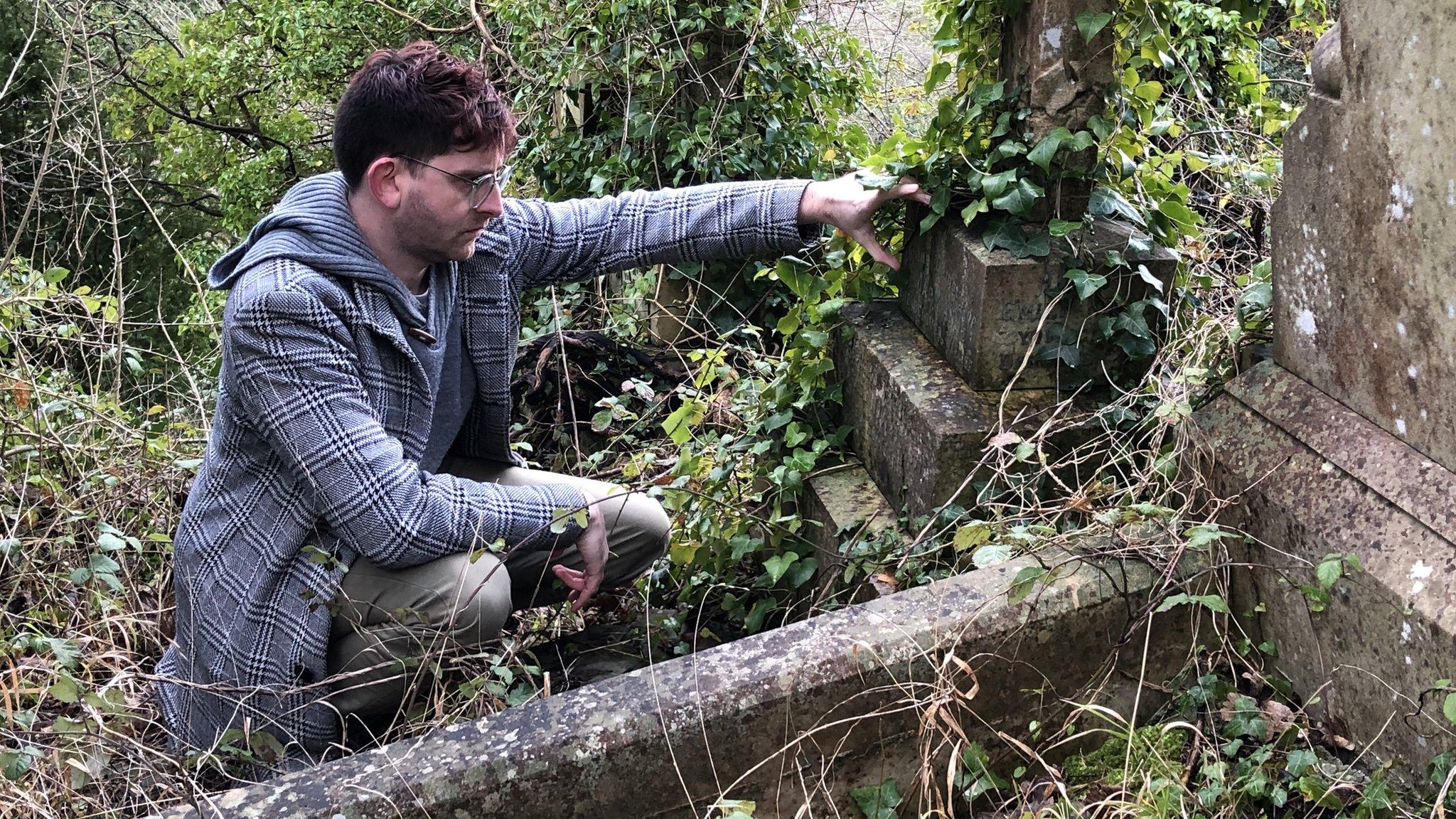
- Published30 July 2022
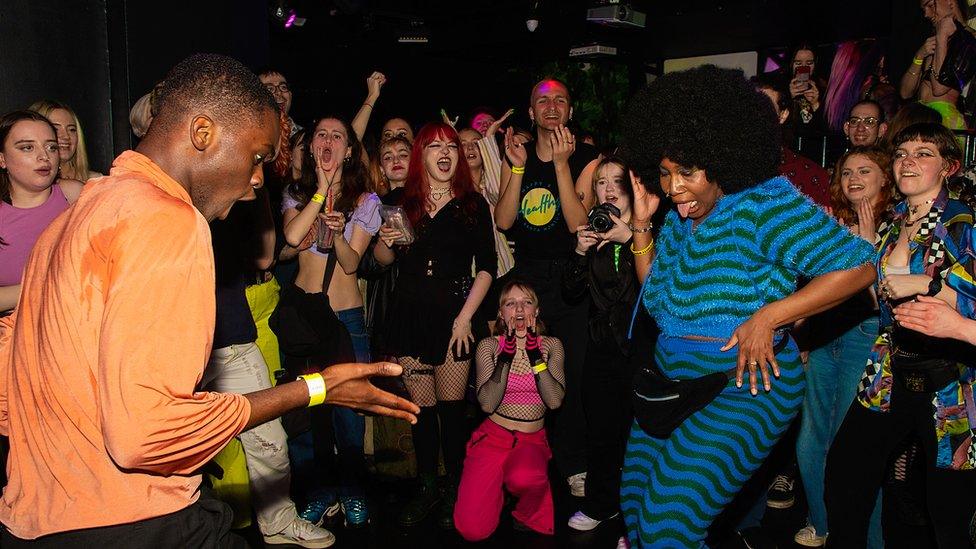
- Published18 August 2024
